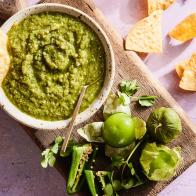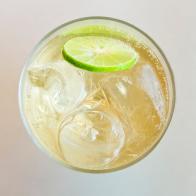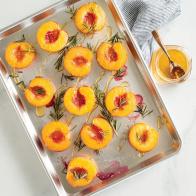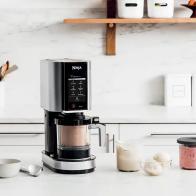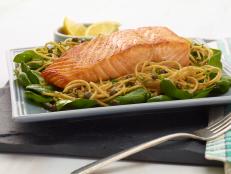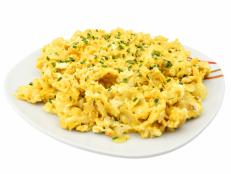Healthier Dining Out: Japanese

I love to cook, but my sushi-making skills aren’t exactly up to par. So when I dine out, Japanese food is a common choice. Japanese menus have many healthy options -- follow these tips to keep your order light and fresh.
Start the meal off with some steamed edamame, steamed dumplings or miso soup. Edamame and miso are both made from protein-rich soy and steaming the dumplings keeps the calories low (but flavorful).
Fresh fish in sushi rolls or sashimi (thin slices of raw fish) are also packed with protein and healthy fats. Choose salmon or tuna for the most omega-3 fats. If you'd rather pass on the raw stuff, other options are available. Shrimp, crab and eel are most often served cooked and most restaurants offer a variety of vegetarian rolls. Heart-healthy avocado commonly comes in or top of some rolls. Unlike many restaurants, portions of sushi tend to be reasonably sized: two to three rolls (with about eight pieces each). That's plenty for one person.
Chicken teriyaki is a good choice for those that don’t like fish, but the sauce is usually highly sweetened and too oily. To be on the safe side, ask for sauce on the side so you can control how much you have (keep it to a few tablespoons).
Rice is a staple of Japanese cuisine; whether it’s wrapped in a sushi roll or served with chicken teriyaki, it’s a good quality carbohydrate that’s low in fat. Brown rice is also available at most restaurants and adds more fiber to your meal.
Order Less: Tempura, Spring Rolls and Creamy Sauces
"Tempura" or "Crispy" attached to any menu name means it's fried. Choose summer rolls over spring rolls -- this "change in season” typically means the difference between steamed and fried. Many popular, spicy dipping sauces are made with mayonnaise -- when it doubt, ask your server and keep portions to modest amounts for some light dipping.
Sake is lower in calories than some other kinds of alcohol (a shot has about 60 calories). But my favorite restaurant makes “sake-tinis” -- the calorie total goes up thanks to the added fruit juice and other liquors. You're better off sipping your sake solo or choosing a glass off the wine list. If wine or sake isn't for you, try one serving of a Japanese-style beer. For an alcohol-free (and calorie-free) beverage, opt for tea.


